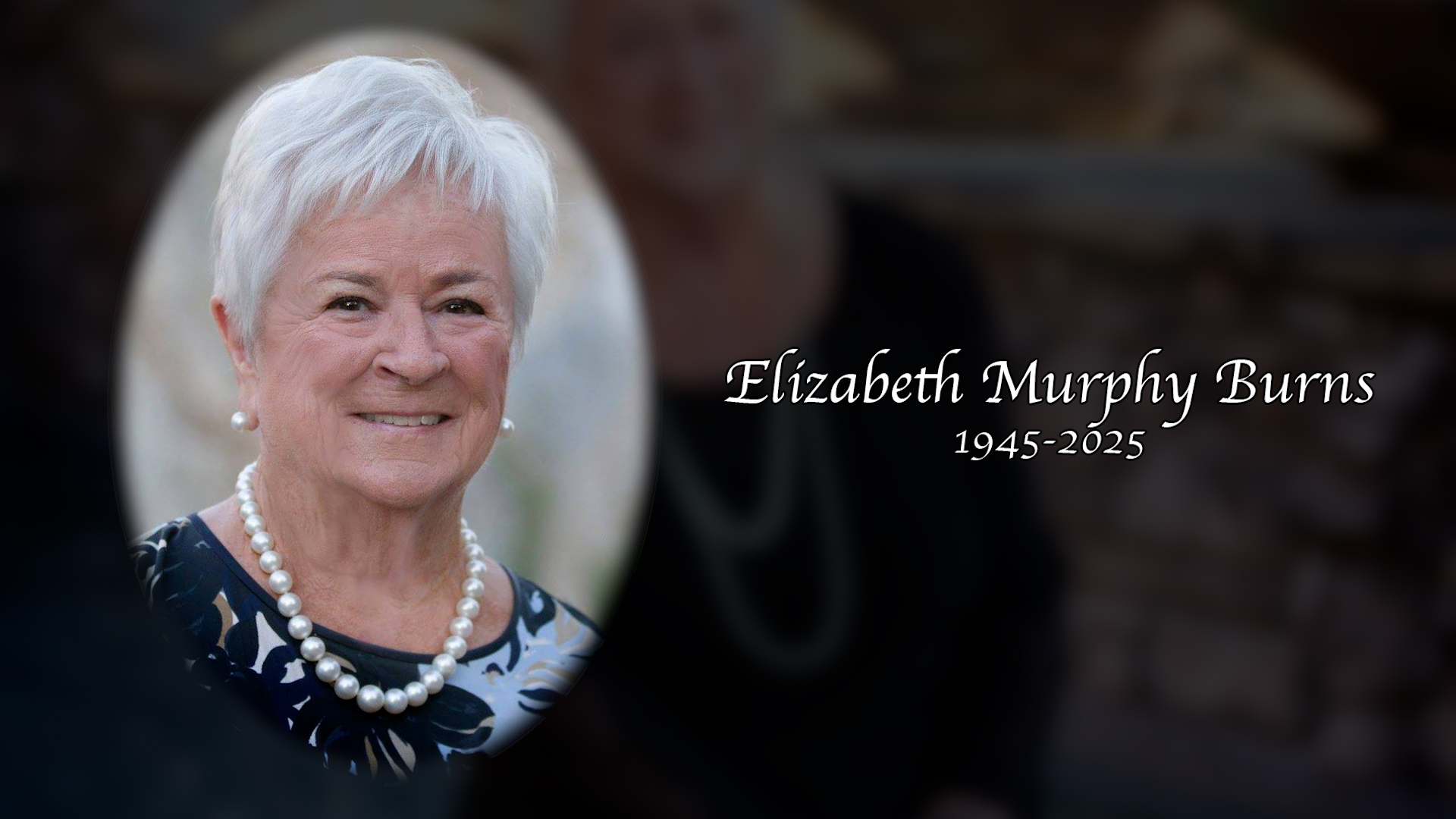ATSC publishes new DTV audio standards
The Advanced Television Systems Committee (ATSC) has published two new Candidate Standards that document enhancements to the AC-3 digital audio compression standard and specify its use in the DTV standard. The new specifications are said to provide improved performance and flexibility.
ATSC first standardized the AC-3 digital audio system in November 1994. AC-3 is now widely used in digital television systems around the world. The enhancements to AC-3 (E-AC-3) are contained in documents CS/T3-613 and CS/T3-614. CS/T3-613 provides revisions to the ATSC Digital Audio Compression Standard (A/52) that can be used in a variety of media. CS/T3-614 describes additions to the ATSC DTV Standard (A/53) that specify use of E-AC-3 in the Enhanced VSB (E-VSB) robust mode currently under development in ATSC.
AC-3 is branded in the marketplace as Dolby Digital and E-AC-3 will be marketed as Dolby Digital Plus.
These new Candidate Standards complement the previously published CS/T3-608 and CS/T3-609 that provide transport specifications for E-VSB and CS/T3-606 that provides enhancements to the ATSC PSIP Standard (A/65) for use with E-VSB.
Enhanced AC-3 was submitted to the ATSC for consideration by Dolby Laboratories in response to a Request for Information published in December 2002. E-AC-3 offers new coding tools that fundamentally improve performance, and new features that allow operation over a wider range of bit-rates and numbers of channels. E-AC-3 can be converted into AC-3 for playback compatibility on consumer’s existing A/V decoders.
The Candidate Standard stage is an explicit call for implementation and technical feedback. Candidate Standards are available at www.atsc.org.
Get the TV Tech Newsletter
The professional video industry's #1 source for news, trends and product and tech information. Sign up below.
